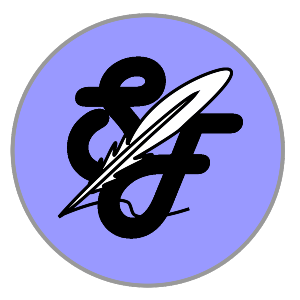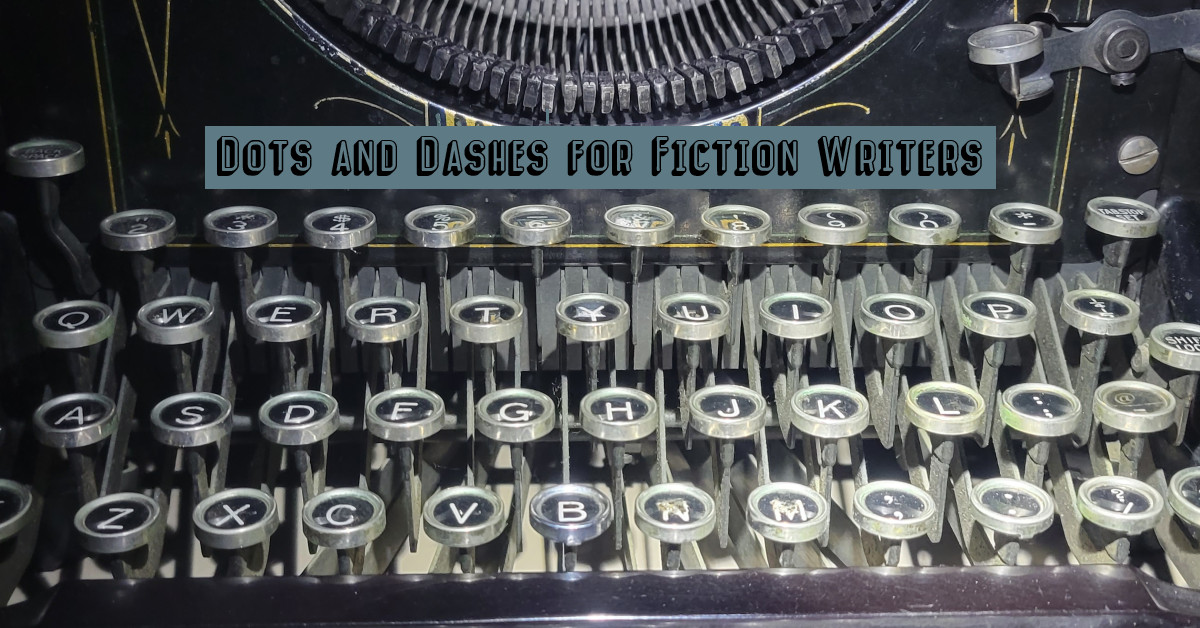In a recent critique session, the subject of punctuation arose. Should a fiction writer use exclamation points, colons, and parenthesis? What is the right way to use the hyphen (-), dash (—), and ellipsis(…)?
Experienced fiction writers rarely use exclamation points. It has the same problematic effect as typing in all caps and when overused they diminish in impact. It is more effective to convey intense emotion or excitement simply by using descriptors in the course of dialogue, as in the following example:
“I will not,” Jack screamed, “use an exclamation point.”
The colon is likewise uncommon. A better way to indicate a pause would be to simply include a space or by using the hyphen, dash, or ellipsis.
YES Jack wanted coffee, tea, and sugar.
NO Jack wanted: coffee, tea, and sugar.
Parentheses slow down the reading experience and don’t come through when the story is read aloud or in an audio format. Use an em-dash instead. This leads us to the subject of dashes as well as ellipses and hyphens.
The jokes below are a quick illustration of their use.
- A dash sprints into a bar—and orders a quick one. (Ross F. Collins)
- Ellipses walk into a bar… (Ross F. Collins)
- A hyphenated word and a non-hyphenated word walk into a bar, and the bartender nearly chokes on the irony. (Linda K. Sienkiewicz)
Now for the longer answer:
En-dash (–) and em-dash (—)
American English rarely uses en-dashes and many style guides omit them in favor of hyphens. British English, however, frequently uses them in place of em-dashes.
The en-dash, which has the width of the letter “n”, adds emphasis. Always place a space before and after en-dashes. The en-dash seems to be on the decline, and many word processors automatically convert two hyphens to em-dashes, not en-dashes.
The em-dash, which has the width of the letter “m,” is either a forced pause, or an interruption in dialogue. Never place a space before or after em-dashes.
Most word processors have lists of special characters one can insert into a document. You can also keep a separate document with unusual characters to copy and paste as needed.
Grammar Rules
Hyphen
- Multiple-word adjectives: dragon-friendly castles
- Compound modifiers with present or past participles: fast-acting poison, steam-powered locomotive
- Hyphens with low and high: low-flying bats and high-flying reindeer
- Compound words: mother-in-law
- Numbers (21-99) when written out: fifty-one
- Compound modifiers using numbers or fractions: 200-foot-tall dragon, three-quarter-mile path.
- Ex- self- and all- : ex-mayor, self-aware, all-powerful
- To show stuttering dialogue: “B-b-but, you can’t take my shoes.”
Em-dash
- Set off parenthetical information: the dragon’s scales—hard as rocks—fell to earth
- Set off appositives: the wizard—an expert in the dark arts—waved his wand
- Set off a list: beetles, worms, and salamanders—essential ingredients for magic
- To indicate a sharp turn in thought: “Give me the magic wand—no, the magic sword. However, the ellipsis is more common in this setting.
- To indicate the dialogue of a character is interrupted by another character or some action:
Jack said, “I was trying to say—”
“You were telling lies,” Jill said.
En-dash (American English)
- For number and date ranges: Please read pages 78 – 85.
- For scores or directions: Colorado trounced Nebraska 45 – 10. The Denver – London flight takes 8 hours.
- For complex compound adjectives: Her great-grandfather lifted the World War I – era pistol and fired. (note: World War I a proper noun and is not hyphenated)
Ellipsis (plural Ellipses)
- For dialogue to show a change of thought in mid-speech: Jill said, “I think I’ll go the the laundromat… no, the grocery store.”
- For dialogue that trails off: “Martians are green. Are you a… “
Note: An ellipsis looks like three periods, but it is actually a single character (…). Fortunately, most word processors substitute the symbol for three periods.
Putting it all together
While dashes and ellipses can be effective, they, too can be overused. Limit use to when they are absolutely necessary. As illustrated in the famous book: Eats, Shoots, and
Leaves—it is important to know when and how to employ punctuation. Grammar does change with time and reader preference. The semicolon may be next on the chopping block.
Leave off the exclamation points, parentheses, and colons and use dashes, hyphen and ellipses properly, and your writing will be sharp and strong.
—Thanks to Naomi Jacobs for her editing and comments

R. C. Beckett was given a collection of Fantasy and Science Fiction Magazines as a teenager and read hundreds of the stories — he was hooked and started writing fiction in 2013. He loves to write hard science fiction, but can’t help adding a bit of humor. Publications: “Exit Mars” and “Exit Earth” (available on Amazon). “Exit Pluto”, the third in the Exit series, should be published in the near future. He is finishing up a new novel, Legacy of Earth. He lives in Golden Colorado and is a member of Rocky Mountain Fiction Writers. Walking his dog is key to his writing since that’s when he imagines plots for his stories. He also volunteers as a webmaster for non-profit companies including SpecFicWriters.


I have a document with notes like this embedded in the taskbar of my pc. Even though I’ve read some of these rules a hundred times, I still go back and check. I want to be sure. For many years, an ellipse would break into code in email, and almost always when using a program like Yahoo groups, which is now defunct. I turned off the autocorrect from 3 dots to a true ellipse. That way, when I sent material to beta readers, I didn’t get questions about why weird characters were there. It was only when I uploaded a final manuscript that I’d turn them back on. I’ve now turned that autocorrect feature on permanently. Even Twitter now knows what a curly quote is and can show an ellipse as what it really is. Good article (I refrained from an exclamation point in this last sentence, but I still used parentheses to say so).
With regard to hyphenating compound words, remember that -ly words do not get a hyphen. As Ralph correctly wrote, “dragon-friendly” gets the hyphen but “friendly dragon” does not. When I first started writing professionally, I’d occasionally forget that rule. My editor beat that habit out of me—it was a serious pet peeve for her. Now, I cringe every time I see an -ly word hyphenated or a well-meaning critique partner suggesting one where it should not be.